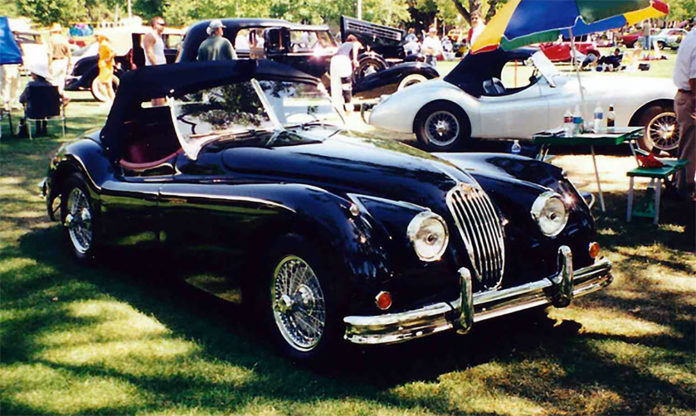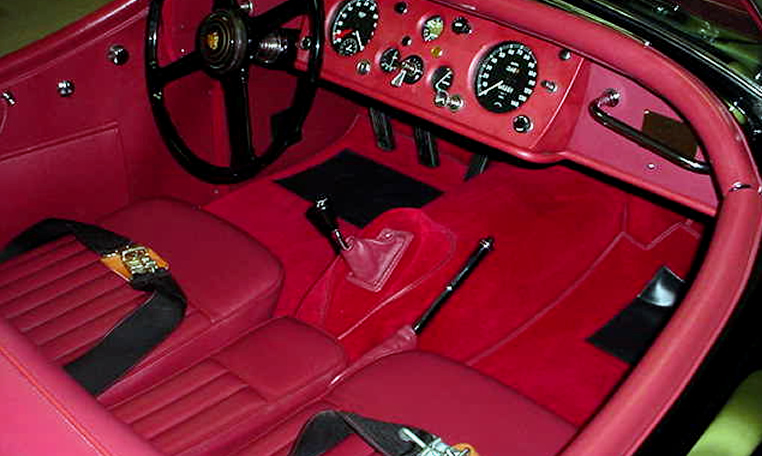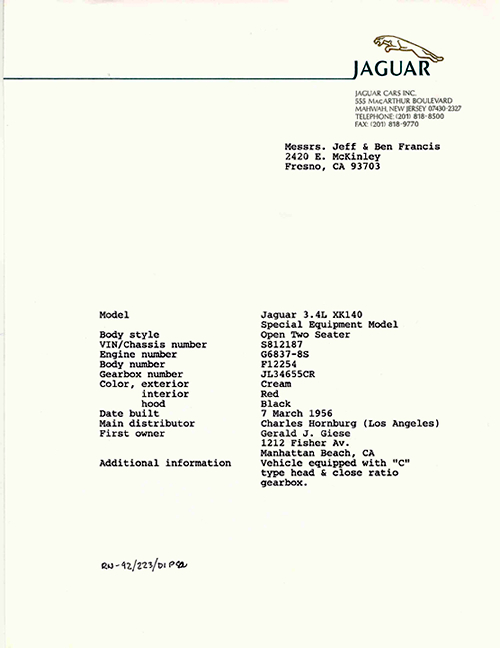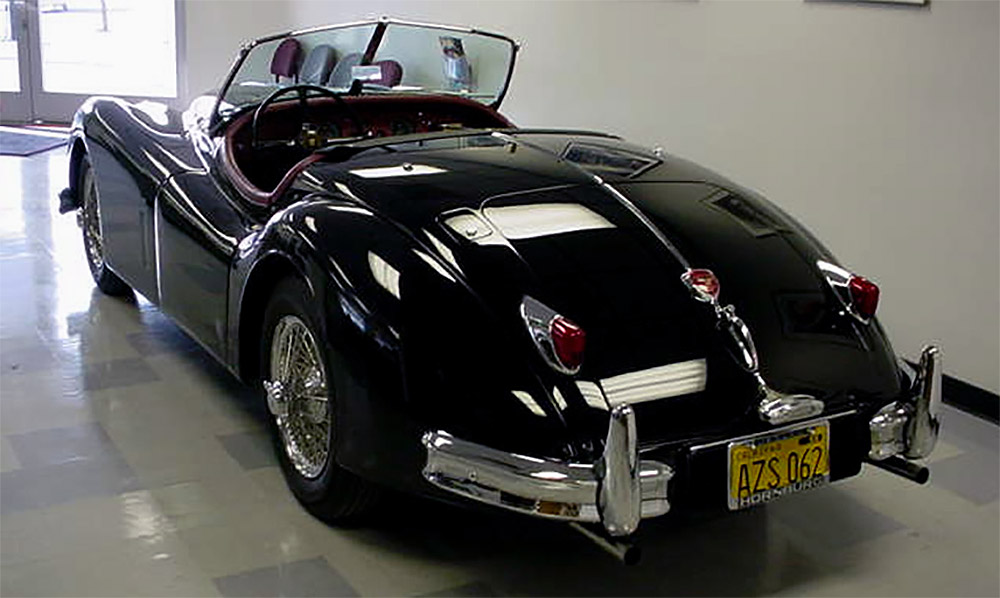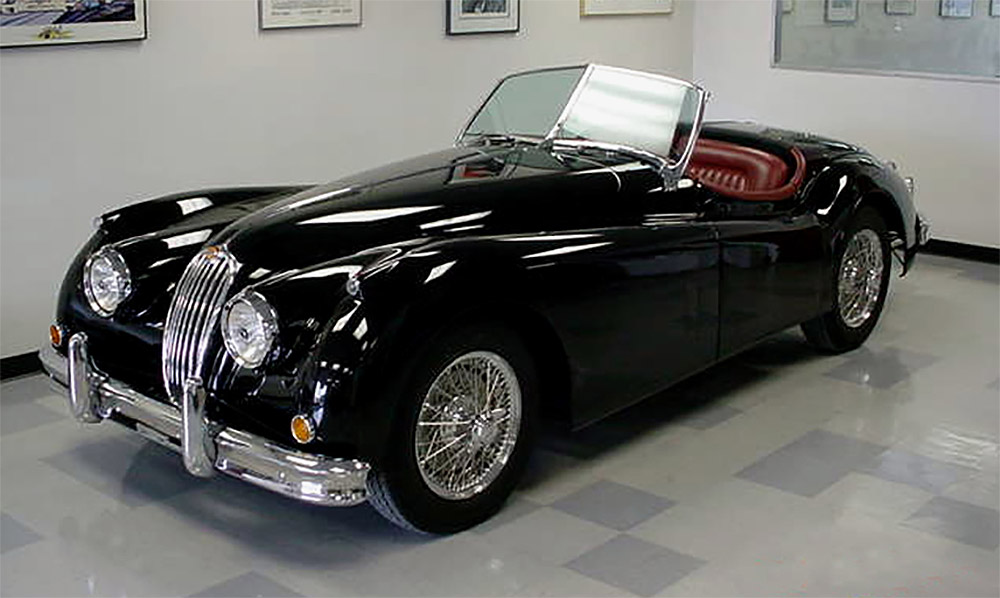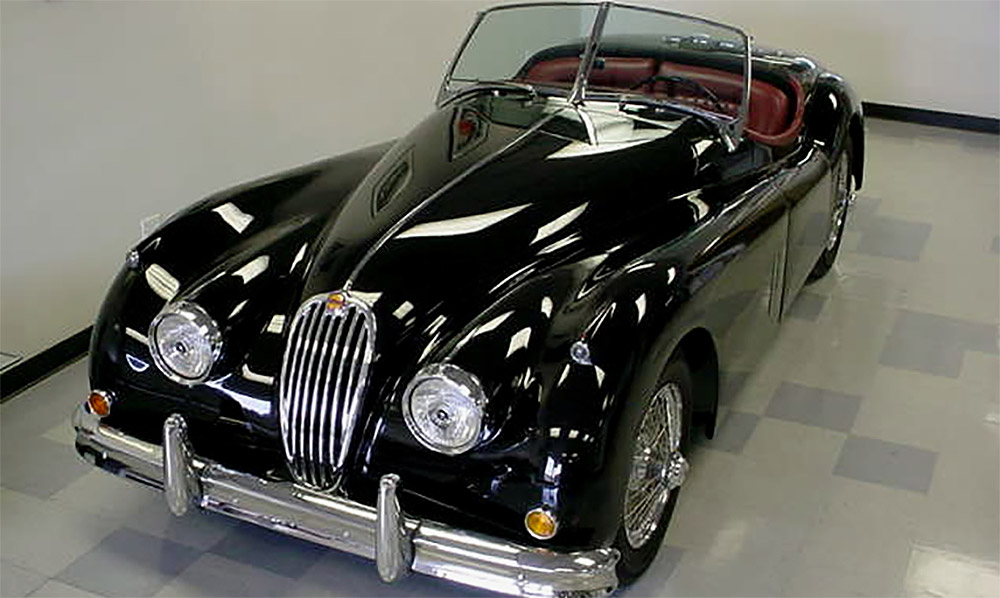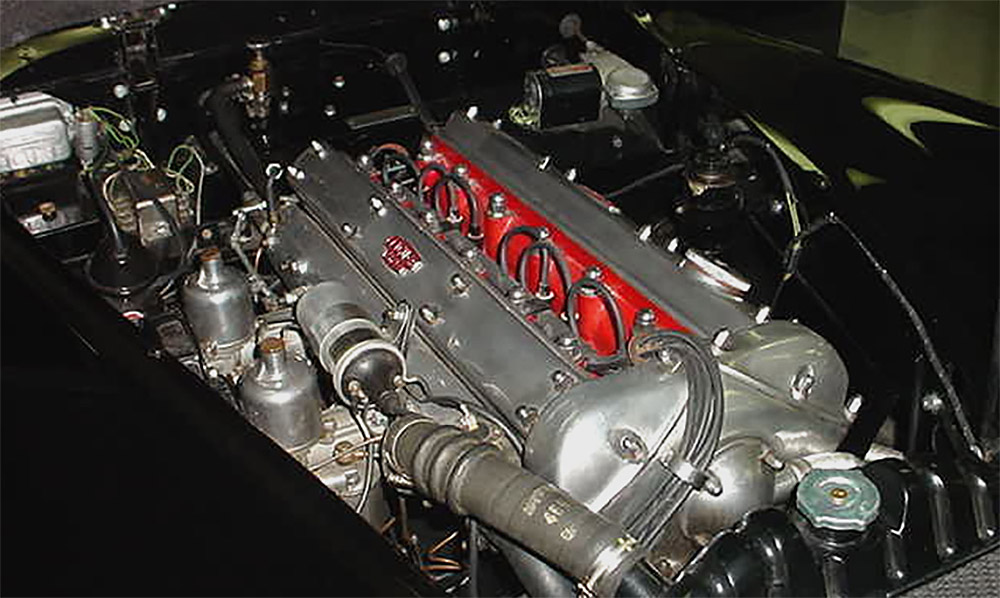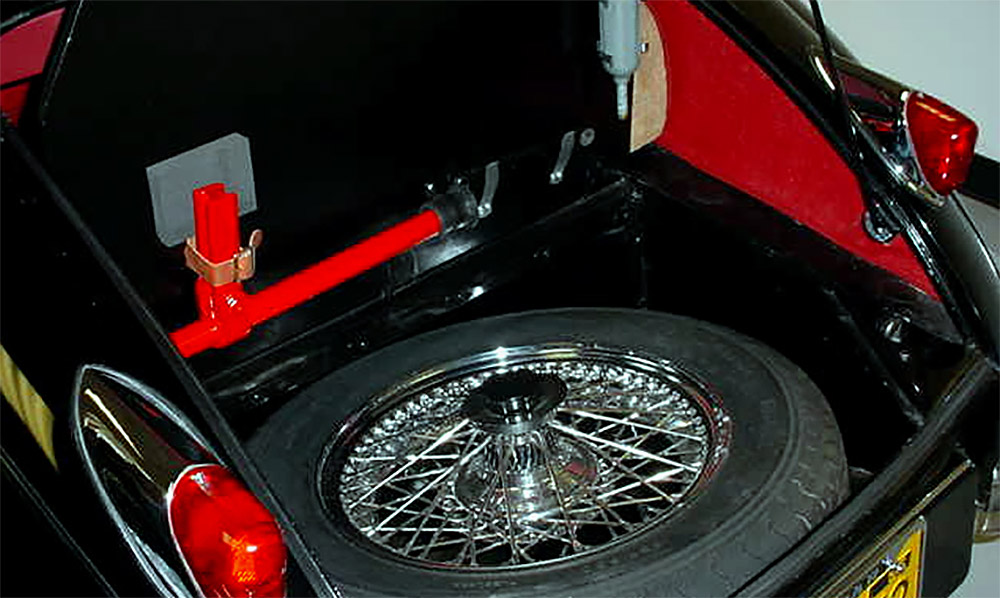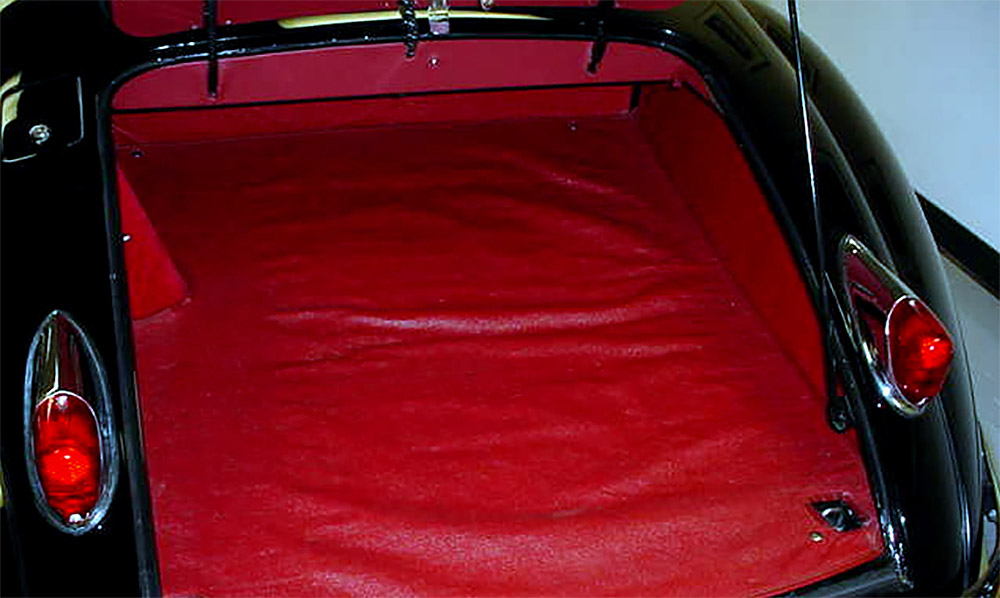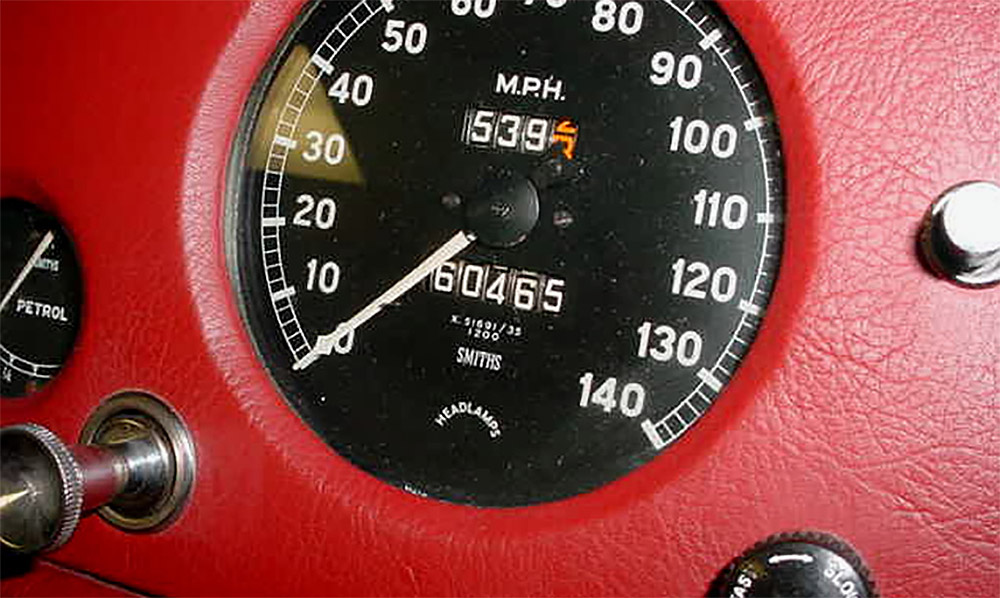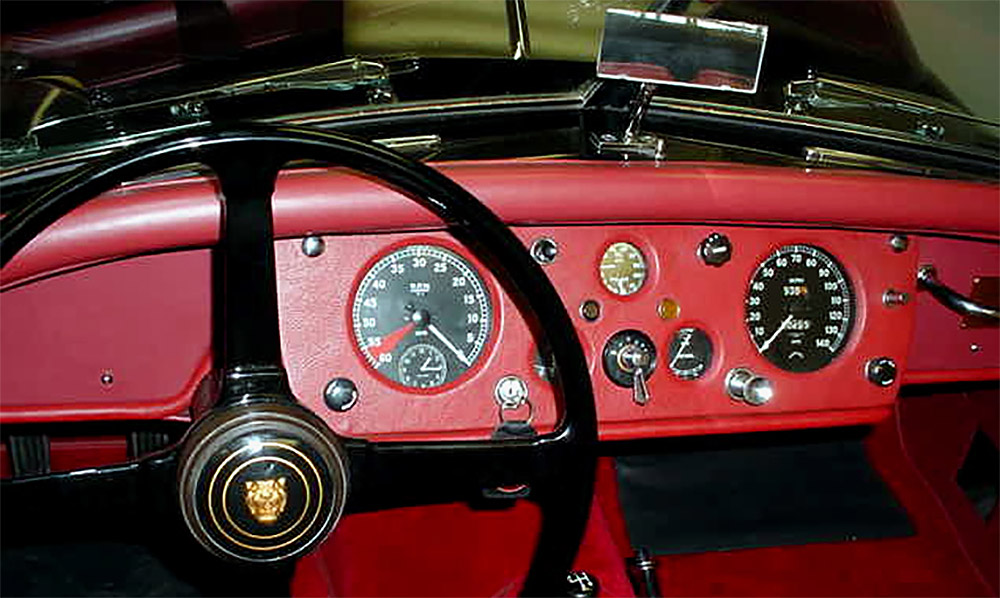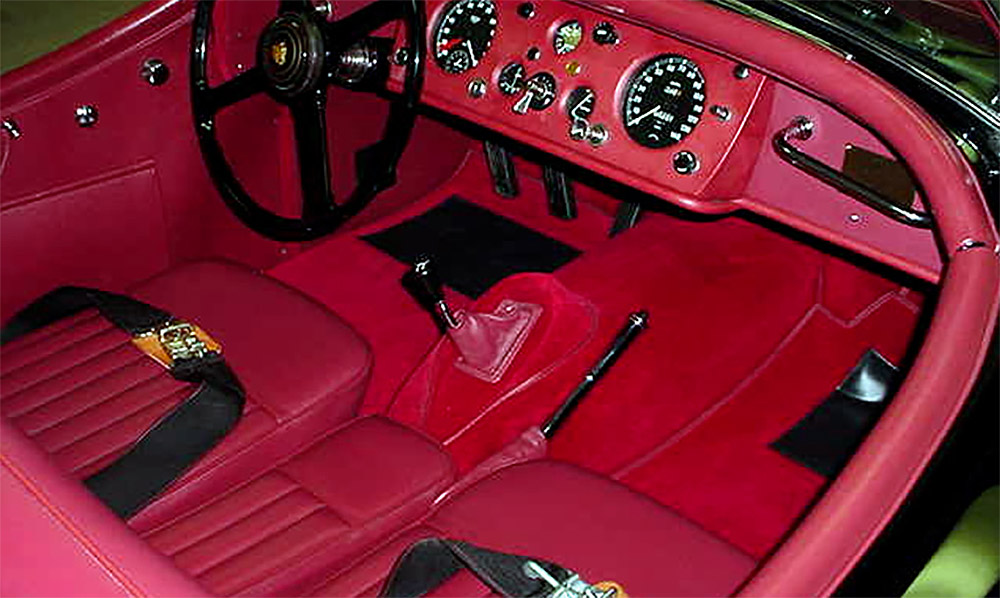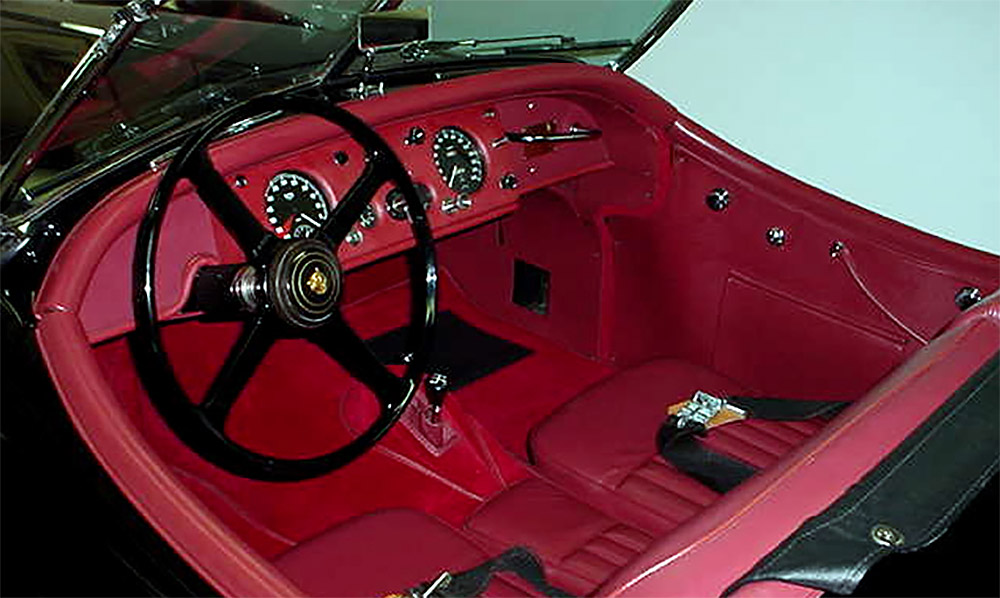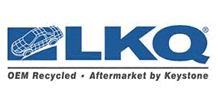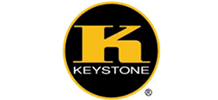Always one to follow his passion, Team Principal Jeff Francis spent over two decades as a certified collector car appraiser. The 1980s were certainly a different time; it seemed as though one couldn’t walk five feet without tripping over an old car taking up space in someone’s garage or driveway. It was during this time that Francis received a call regarding a seemingly forgotten 1956 Jaguar XK140 roadster.
To understand the significance of finding an XK140 out in the wild, one needs to look back at Jaguar’s illustrious post-war racing record. During the 1950s, Jaguar was a force to be reckoned with. Jaguar’s racing history truly began in 1950, where a strong showing at the 24 Hours of Le Mans, the XK120 road car convinced Jaguar Design Boss Sir William Lyons that motorcar racing could be a worthwhile means of advertisement for the Jaguar marque.
In 1951, Jaguar returned to Le Mans full force with 3 factory-backed XK120 Competition models. The 205 BHP 3.4L DOHC Straight-Six and swooping bodywork allowed the XK120”C” to reach 160 MPH on the Mulsanne Straight. The team of Peter Walker and Peter Whitehead cruised to a 1st place overall victory after fellow Jaguar factory driver Sir Stirling Moss broke a connecting rod not long after midnight. Seemingly overnight, Jaguar became a prominent marque in international endurance racing.
It was to the surprise of no one that the revised XK120C, now designated the “C-Type,” finished 1-2-4 at Le Mans in 1953. Jaguar solidified their place as a motorsport dynasty with the C-Type’s successor, the D-Type. A rapid departure from the XK120 of 1951, the D-Type proved victorious at Le Mans in 1955, 1956, AND 1957. Despite a myriad of changes to both the chassis and bodywork, the D-Type shared much in common with the XK120, which in turn became known as the cornerstone upon which Jaguar built their racing dynasty. During the infamous 1955 24 Hours of LeMans, the D-Type narrowly escaped tragedy, avoiding the deadliest race accident in history.
Francis was pleasantly surprised to learn that this particular example was a mere 1.5 miles from his shop in Fresno, CA. Upon arriving at the owner’s home, he saw the Jag sitting upon jack stands inside a cramped 1-car garage. The bodywork was seemingly preserved by a veneer of dust and cobwebs. Underneath the crust, one could see the aging British Racing Green lacquer paint. The black Connolly leather interior, also, was long past its expiration date. If a dictionary entry existed for the term “garage find,” one would undoubtedly find a picture of this particular car.
Like many vintage cars, the XK140 had lived a storied life. In 1969, it was driven from Southern California with a destination of Fresno California. The owner, a Naval air pilot, had received orders to report to the Naval Air Station in Lemoore. North of Los Angeles, on the steep windy Grape Vine Pass, the sports car began to overheat and was subsequently towed into Fresno. Once learning of the Jaguar’s past, it was obvious the car’s current state was indicative of a vehicle which had sat dormant for some 20 years, with only 60,000 original miles.
Upon further inspection, it became apparent that this particular example was not just a standard XK140; rather it was the high performance MC version. With this most desirable variant, there was the addition of the C-Type cylinder head and dual exhaust, which produced 210 BHP from the straight six dual overhead cam. The owner stated he was considering selling the car, and would contact Francis once a final decision was made. The good news soon came, a deal was struck and within the week, the Jag was removed from its twenty year resting spot.
A “Heritage Certificate” was procured from Heritage Motor Center in England in order to verify the car’s provenance. Once the certificate arrived, the Jag was confirmed to be an original, numbers-matching, XK140 MC; one of 3000 produced. The roadster was sold new in Los Angeles and resided in Manhattan Beach. Original colors were Cream exterior over Oxblood leather interior. Ken Jenkins, having finished restoration on the Austin-Healey 100M for the Francis family, was again contacted to oversee and perform various aspects of the restoration. Over a period of the next two and half years, a complete nut and bolt restoration was performed on of the XK140. Eschewing originality, they could not resist painting the car black; it made the perfect stable mate to the family’s black/oxblood Healey.
Once the restoration was completed, the Jaguar received treatment fit for the Queen herself. At the Greater Valley Concours d’Elegance, the car was a perennial crowd favorite, and took home numerous first place awards. It toured the show circuit alongside the Healey.
Both father and son not only took great pride in the restoration, but actually used the car as intended. It was not an uncommon site through the meandering canyon roads of Central California. Not only was the XK140 an absolute thing of beauty, it had the driving experience to back up those handsome looks. With the howl of the twin SU carburetors as they delivered fuel and air into that gorgeous 3.2 Litre straight-six, one could not help but feel like Sir Stirling Moss piloting his C-Type at Le Mans.
Over the years, the Francis collection had grown to a point to which some cars would unfortunately have to be passed onto their next caretakers. The XK140 found a new home in France, not far from its spiritual home in Coventry England. Fortunately, Francis is still in touch with the Jaguar. The current owner has since refinished the Jaguar in its original Cream color and considers the car a cornerstone of his prestigious collection.


